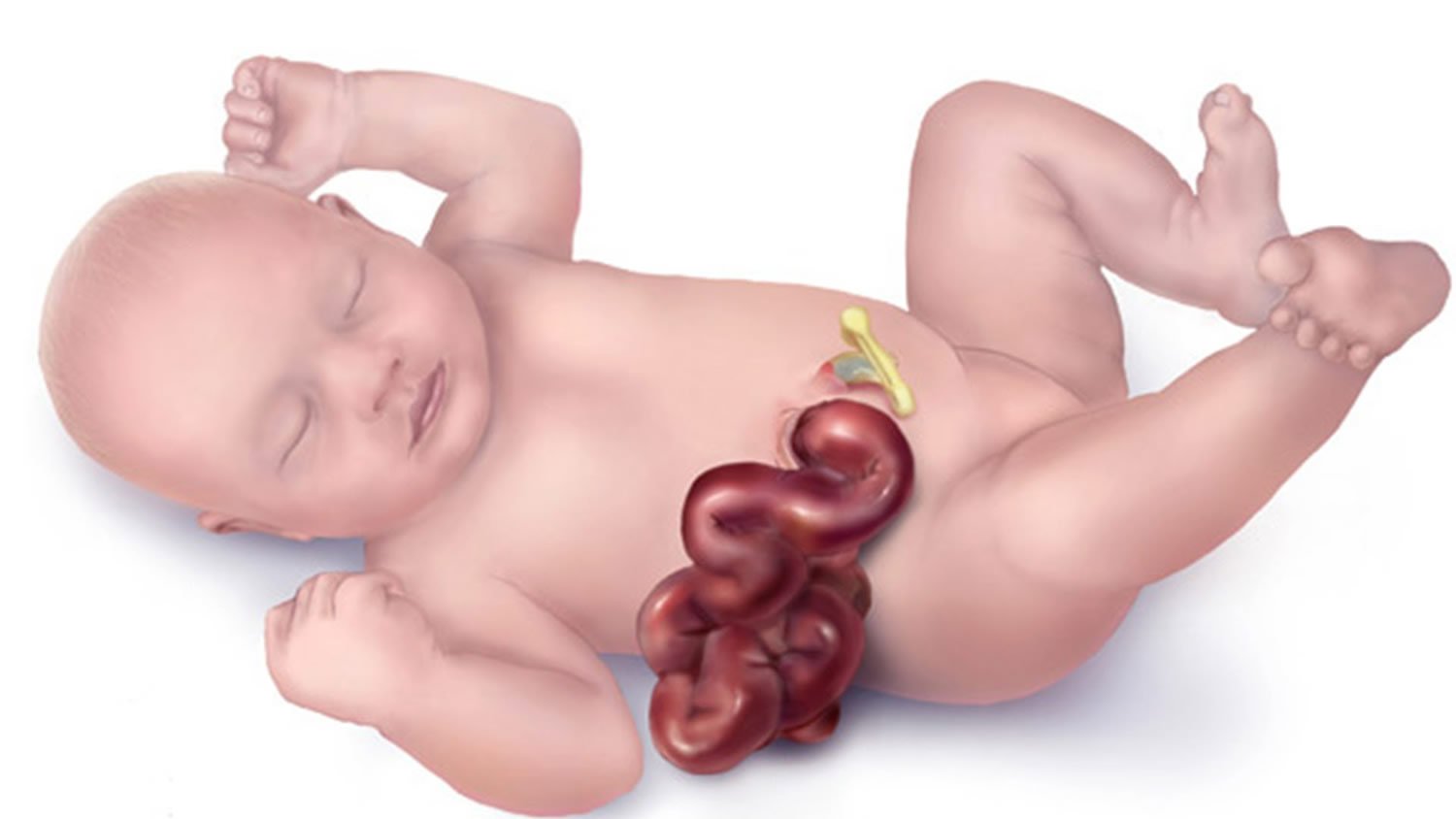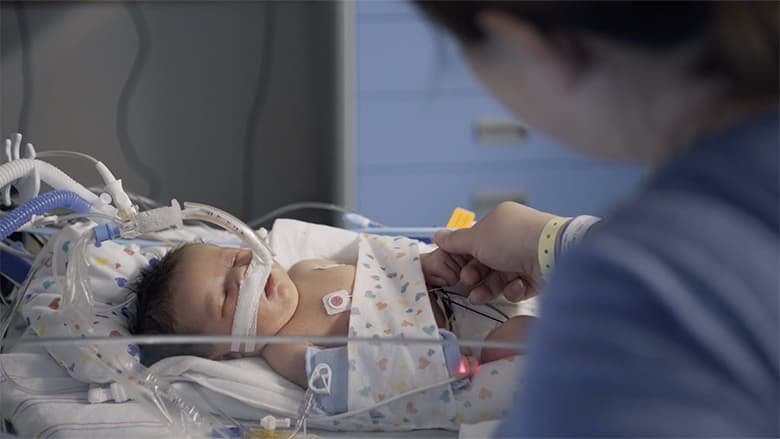Classification of Gastroschisis – This course is designed to understand the care of pregnant women and newborn: antenatal, intra-natal and postnatal; breast feeding, family planning, newborn care and ethical issues, The aim of the course is to acquire knowledge and develop competencies regarding midwifery, complicated labour and newborn care including family planning.
Classification of Gastroschisis
Gastroschisis is characterized by herniation of the abdominal viscera through the defect in the abdominal wall to the right of the umbilical cord and through the rectus muscle.
Or
Gastroschisis is a birth defect of the abdominal (belly) wall. The baby’s intestines are found outside of the baby’s body, exiting through a hole beside the belly button.

Figure: Gastroschisis
Management of gastroschisis
Surgical management:
- It is done to reposition the abdominal viscera either by creating skin flaps or making an artificial silo followed by closure of abdominal wall.
- The exposed bowel is loosely covered with saline soaked pads and the abdomen is wrapped in a plastic drape in preoperative period.
Supportive measures: It should include –
- Prevention of infection
- Maintenance of warmth
- Ventilatory support.
- Maintenance of fluid and electrolyte balance.
Associated anomalies of gastroschisis
1. Prematurity
2. Intestinal anomalies.
3. Decreased abdominal capacity.
4. Atresia, stenosis (rare)
5. Higher incidence of Meckel’s diverticulum

Nursing cares of gastroschisis patient
1. Use warmers and monitor the child’s temperature.
2. Use sterile technique in dealing with the defect. Immediately cover with warm moist, sterile gauze and wrap with plastic to keep moist.
3. Minimize movement of the infant and handling of the intestines.
4. Assess circulatory compromise, obstruction, sepsis: monitor temperature, pulses, skin color, changes in respiratory pattern, heart rate.
5. Observe for respiratory distress secondary to secondary to high intra-abdominal pressure as the gut returns to the peritoneal cavity.
6. Monitor intake and output, daily weights, assess fontanels, monitor electrolytes, and maintain VV line.
7. Postoperatively, monitor and manage ileus, maintain nasogastric tube for decompression, monitor bowel sound and stools, measure abdominal girth
8. Maintain parenteral nutrition to sustain growth.

9. Provide emotional support for parents as they deal with the loss of the child
10. Encourage patients to provide care as they are able, talk to and touch infant and hold the infant, when appropriate.
Read More.
